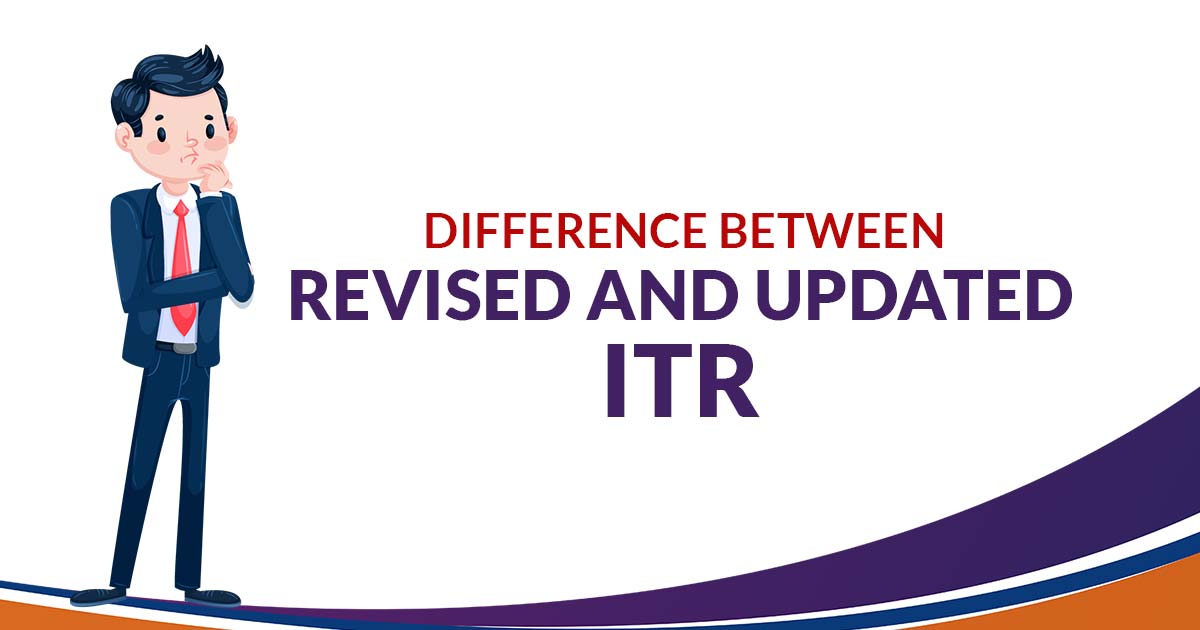
Beneath the Income Tax Act, a new return is an updated concept, this would draw voluntary compliance instead of following a longer adjudication process. No matter, if an income tax return would be furnished for a specific assessment year, a taxpayer is qualified to furnish a new return for that assessment year within 24 months from the finish of that assessment year to rectify the errors, or omissions, performed during furnishing the original return or to file the information of income for the concern where no would be filed before.
The assessee needs to furnish more tax, over the normal rate of tax, interest, and subjected late fees, another tax of 25% on the aggregate of tax along with the interest and the late fees needed to be furnished when ITR U return furnished within 12 months from the end of the relevant assessment year.
Another tax of 50% on the aggregate of tax along with the interest and the late fees needed to be furnished when ITR U returns within 24 months from the end of the relevant assessment year.
The same window of the updated income tax return is available up to 36 months from the finish of the fiscal year. For example, the updated return of FY 22-23 can be filed till 31st March 2026.
However, the penal proceedings from the department would be prevented, via this compliance. A straight tax rate similar to it also acts as an alert for the assessee for the earlier and precise tax filing. Late ITR filing or wrong filing would draw higher taxes.
The Big Difference Between Updated and Revised ITR
An updated return would not be similar to an income tax revised return. An original return could be revised, even if there is a rise in a refund or a decrease in the tax liability as per the outcome of the return. An updated return could not be furnished if there is a rise in the loss of the return. No more tax is there towards the revised returns, while the updated return arrived with the additional taxes. Updated returns are filed only once for an assessment year they can not be revised.
Elaborating the provisions of the updated returns via two examples would be effective. Arvind has furnished his income tax return for the fiscal year ending March 2023 on August 30, 2023.
But he came to know that the amount of Rs 90,000 interest earned would not come in the tax return. Could he furnish his updated return? Yes, he needs to furnish the subject taxes and furnish the return on or prior to March 2026.
Bhaskar would not furnish his IT return for FY 2022-23. He needs to notify a loss of Rs 2 lakh on the Future & Option (F&O) trading. Does he need to file? Any return with the losses can not be filed. Christopher furnished an IT return for FY 23 but lost the interest on the housing loan.
Read Also: Step-by-Step Guide to File ITR-U Return Via Genius Software
Would he furnish his return and claim more taxes furnished as a refund? No. any updated return that produces an outcome in a refund would not get furnished. Similar to that when an investigation is executed via dept, then in these cases an updated return could not get furnished.
Beneath the Income Tax Act, a penalty from 50 to 200 per cent of tax would be levied for under-reporting the income or misreporting income. By furnishing the updated return and showing the other income the assessee could remove the mentioned penal outcomes.









